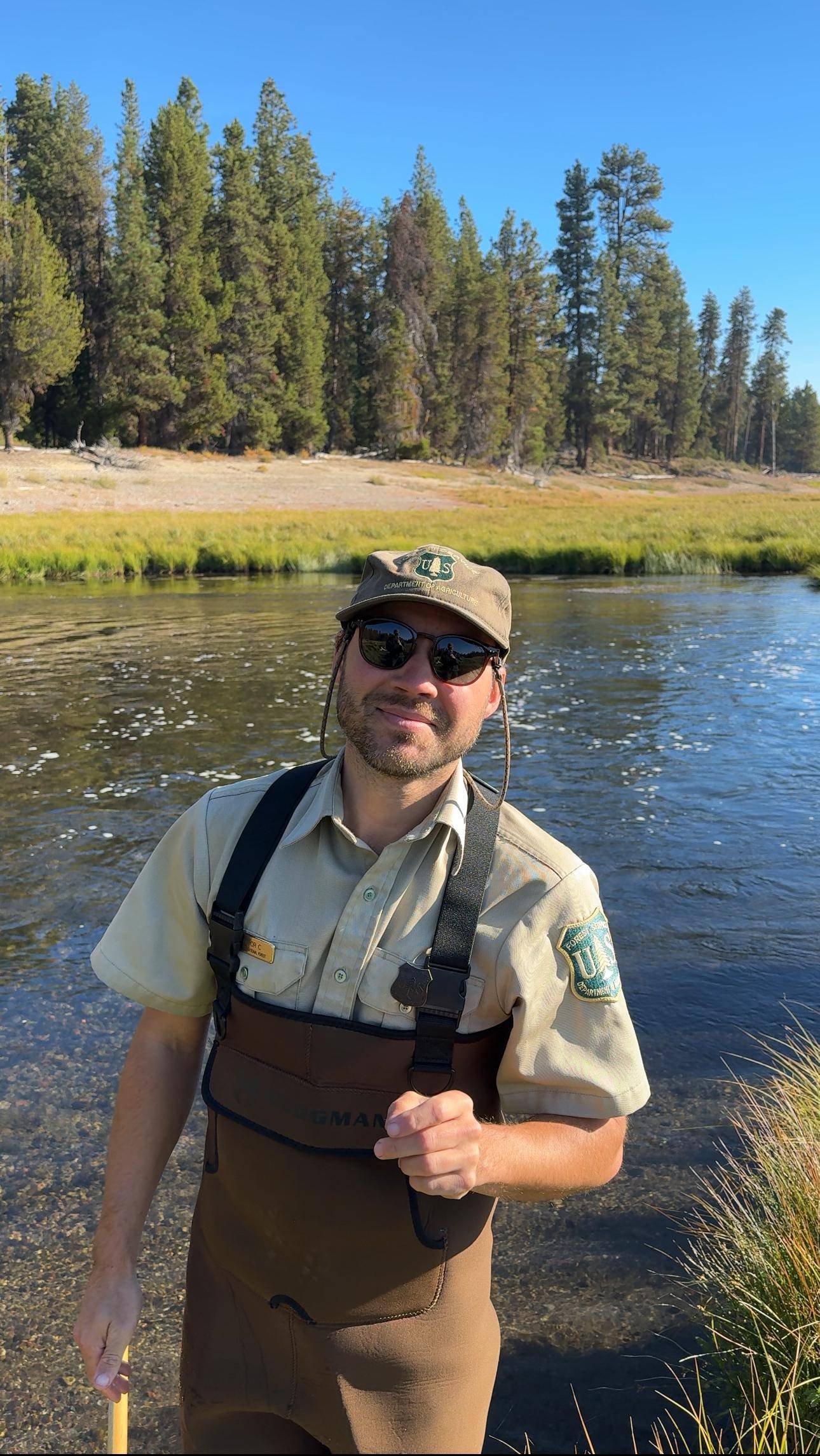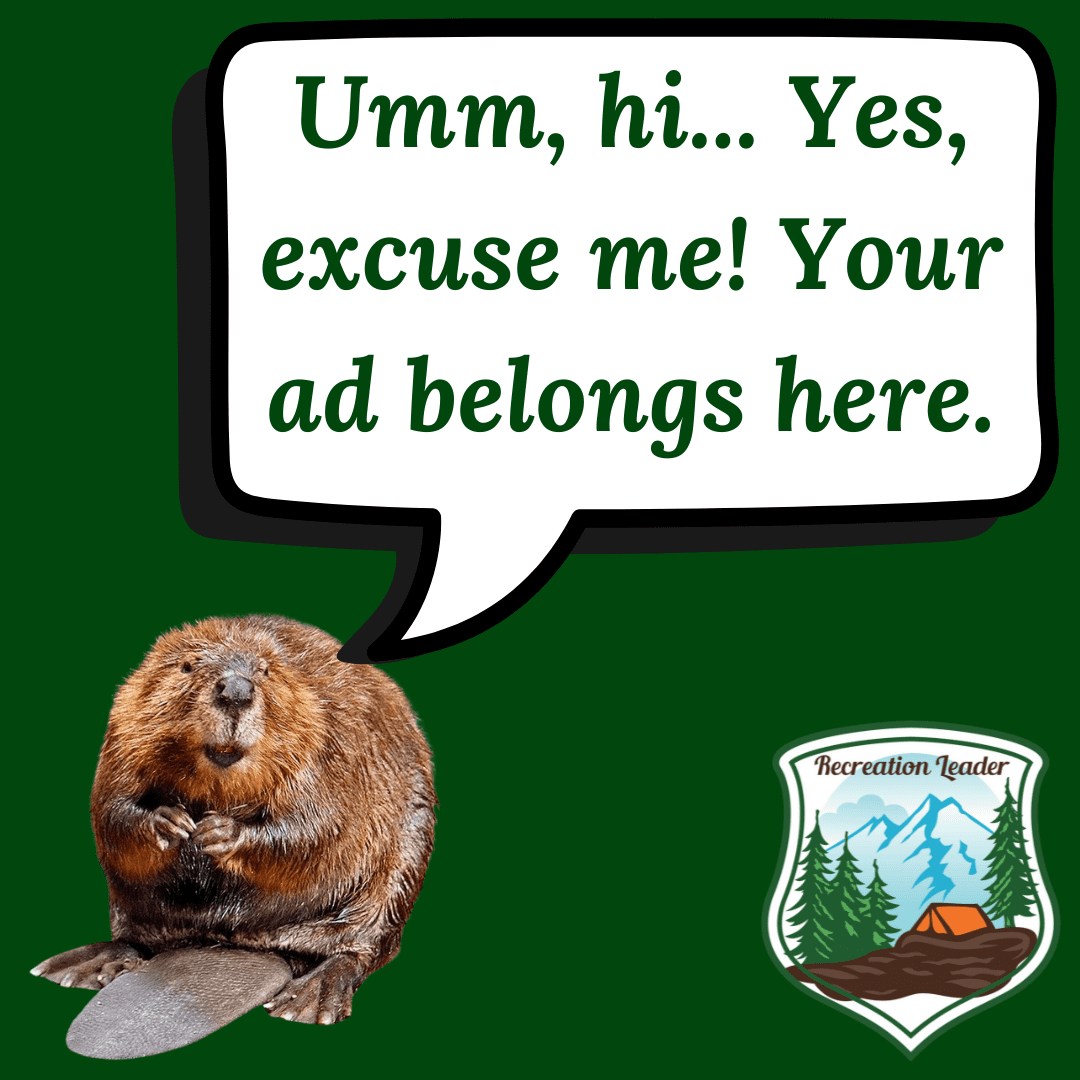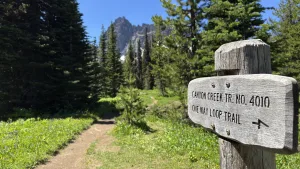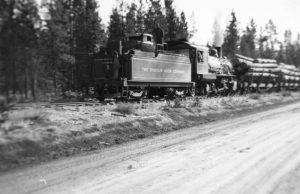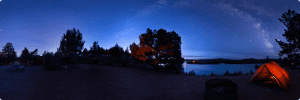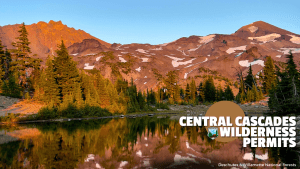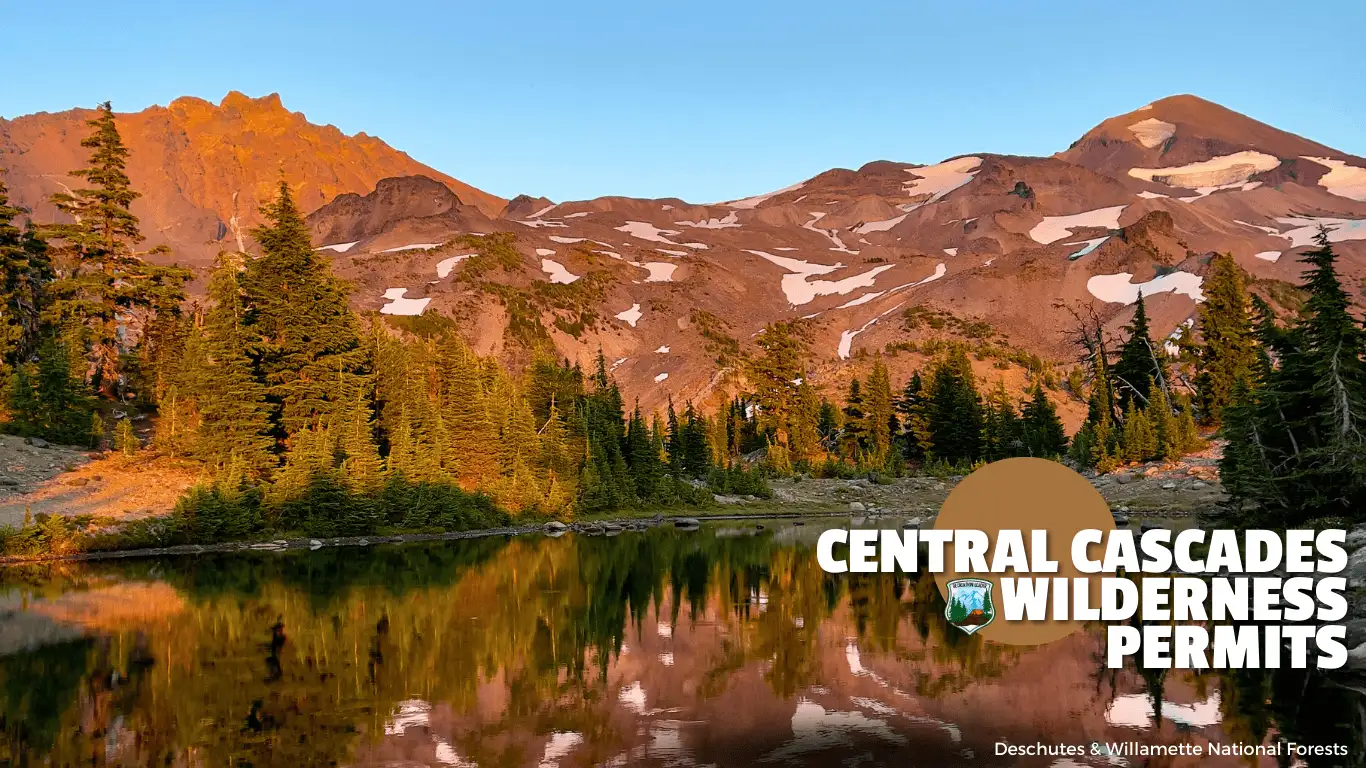
The Central Cascades Wilderness areas of Oregon are home to iconic mountain peaks, high alpine meadows and lakes, and old growth forests [1]. These stunning landscapes feature crystal clear streams, wildflower meadows, rugged mountain views, and young lava flows in the Mount Jefferson, Mount Washington, and Three Sisters Wilderness areas. Easily accessed by population centers in central and western Oregon, while drawing visitors from around the world, the Central Cascades Wilderness Permit system was established to ensure the protection of these landscapes now and into the future, in accordance with the Wilderness Act of 1964. The system was implemented to control visitor numbers and protect sensitive habitats by limiting numbers on popular trails and encouraging the use of lesser-known trails [2]. Since the process started in 2021, the Deschutes National Forest reports reduced crowding on trails and better distribution of trail users, with signs of wildlife returning and significantly less trash and human waste for rangers to manage [11].
QUICK GUIDE:
Dates: Permits are required from June 15 to October 15 every year.
Locations:
- Overnight Trips: Required for all overnight stays in the Mt. Jefferson, Mt. Washington, and Three Sisters Wilderness areas.
- Day-Use Trips: This permit is required at 19 out of 79 trailheads in these Wilderness areas. All trailheads require a permit, the other trailheads have a free self-issued permit at trailhead.
Permits are managed through Recreation.gov or the app. Simply search for “Central Cascades Wilderness” to start your reservation. Here’s a breakdown of the process:
- Day-Use Permits:
- Reservations open 10 days and 2 days before your trip.
- Cost: $1 per person (non-refundable processing fee).
- Overnight Permits:
- 40% of permits are released in advance starting on April 1, 2025
- The remaining 60% are released 7 days before the start of your trip.
- Cost: $6 per group (1 to 12 people, non-refundable processing fee).
- Cancellation Policy: If you can’t use your permit, cancel it to make it available for others. Processing fees are only refunded if the Forest Service closes an area.
- Quota Limits: For overnight trips, each individual can only hold three active permits at a time.
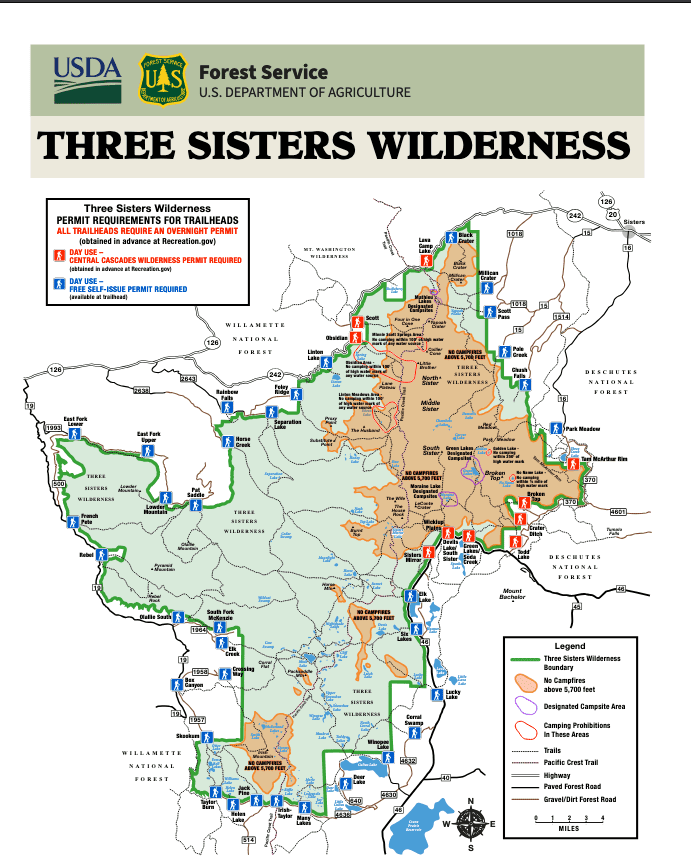


Central Cascades Wilderness Permits are required for all overnight stays in the Mt. Jefferson, Mt. Washington, and Three Sisters Wilderness areas [1]. No Central Cascades Wilderness Permits are required for overnight stays in the Waldo Lake and Diamond Peak Wilderness areas [1]. For day use, permits are required at 19 of 79 trailheads in the Mt. Jefferson, Mt. Washington, and Three Sisters Wilderness areas [1]. These 19 trailheads include popular destinations such as Broken Top, Tam McArthur Rim, and Todd Lake [11]. Other notable trails requiring day-use permits include Green Lakes/Soda Creek, Devil’s Lake/South Sister, Pacific Crest at McKenzie Pass, Breitenbush Lake, South Breitenbush and Crag Creek, and Whitewater Creek [11]. All overnight visitors need permits for any trail within these three wilderness areas, regardless of trailhead [2].
DOWNLOAD MAPS:
Mt. Washington Wilderness
Three Sisters Wilderness
Mt. Jefferson Wilderness


Types of Permits Available

There are two types of permits available for visiting the Central Cascades wilderness areas of Oregon [14]. Overnight permits allow the permit holder and their group to travel in these wilderness areas for overnight trips [14]. Day-use permits are valid for entry per person and are non-transferable, with the group leader required to be present at all times [16]. Overnight permits are not valid for day use, and day use permits are not needed in addition to an overnight permit [14]. Both permit types have specific requirements and limitations that visitors must follow to ensure compliance with wilderness regulations [14].
Permit Season and Timing

Permits are required from June 15 to October 15 each year [1]. No permits are needed from October 16 to June 14 [11]. Day use visitors to the 60 trailheads where Central Cascades Wilderness Permits are not required and overnight and day use visitors to all other Willamette and Deschutes National Forest wilderness areas will need a free wilderness self-issue permit during the off-season [1]. These self-issue permits are free and available at wilderness trailheads. This seasonal requirement helps manage the high visitor traffic during peak months while allowing more flexible access during the off-season [11].
How to Reserve Permits (Booking Process)

All reservations for Central Cascades Wilderness permits must be made through Recreation.gov either online, via the Recreation.gov app, or by calling their call center at 1-877-444-6777 or TDD 877-833-6777 [1]. Permits are not available at Forest Service offices [1]. When searching on Recreation.gov, visitors should search for “Central Cascades Wilderness” and follow the prompts [13]. For overnight permits, users will need to create an account with Recreation.gov [1]. An account is not required for day use permits, but it is recommended. Recreation.gov is the government’s centralized travel planning platform and reservation system for 14 federal agencies [19]. The permit holder must have a digital or paper copy of the permit with them during their visit.
Permit Fees and Payment Methods

The only cost for the permits is the reservation fee charged by Recreation.gov [1]. Day use permits cost $1 per person for each outing [1]. Overnight permits cost $6 per group permit for each outing, covering 1-12 people per group [1]. These fees are non-refundable unless the area is closed by the Forest Service [11]. The processing fee for overnight permits is $6.00 per permit [14]. When making a reservation through Recreation.gov, payment is typically made via credit card through their secure online system [5].
Booking Windows and Availability

For overnight permits, about 40% of each day’s permits will be released on the first Tuesday in April at 7:00 a.m. PDT (April 1, 2025, for the 2025 season) [1]. The remaining overnight permits become available seven days before a trip start date [1]. For example, for a trip starting on a Saturday, that permit could be reserved starting on the Saturday prior [1]. Day-use permits will be released in two rolling windows: 10 days and then 2 days before the trip date [1]. For the first day of permit season, June 15, the first batch of permits will be released on June 5 at 7:00 am PDT, and the remaining permits will be released June 13 at 7:00 am PDT [1]. The 10- and two-day rolling windows were implemented to reduce the number of no-shows and increase the opportunity for people to get day-use permits [11].
Permit Quotas and Limitations
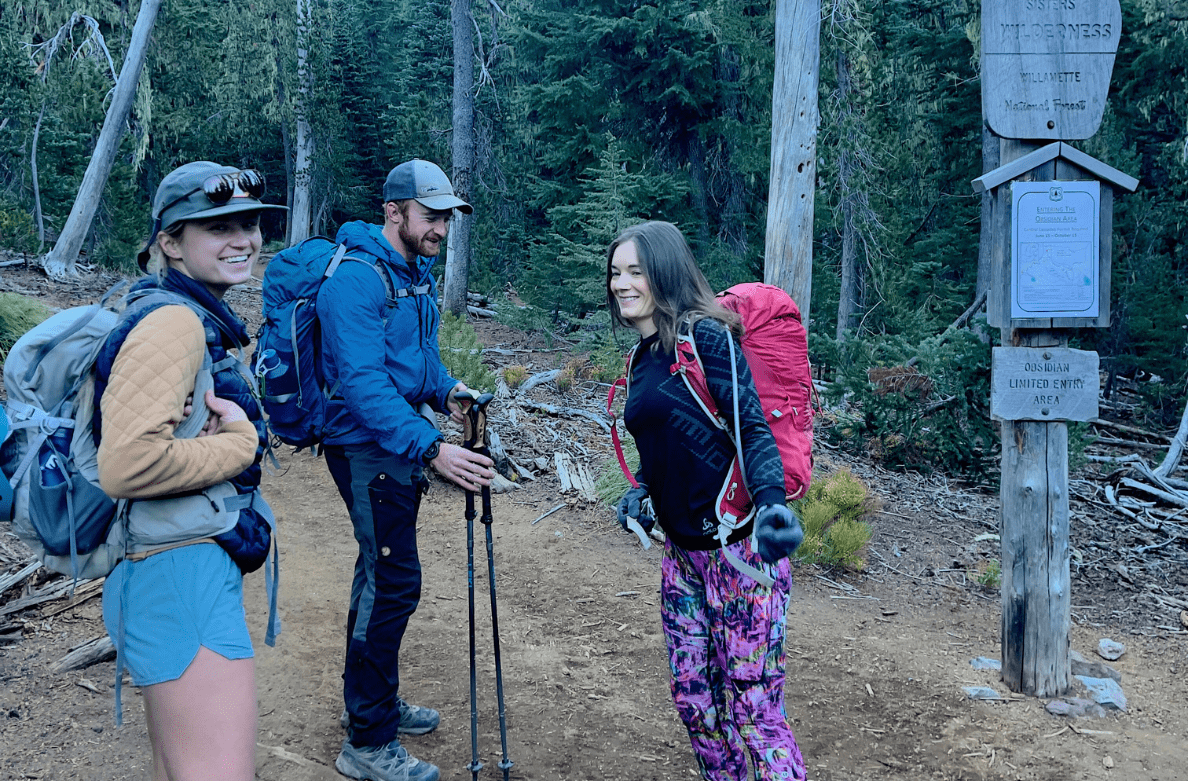
Individuals are allowed to hold three overnight permits at a time [11]. Once a permit has expired, a hiker can make another overnight reservation [11]. This limit is designed to prevent hoarding of permits, and it is believed the fewer permits an individual has, the more likely they will be used [11]. Day-use permits are issued on a per-person basis, so the Broken Top Trail, with 45 day-use permits available on any given day, is limited to exactly 45 hikers per day [10]. Different trails have different capacities; for example, 16 day-use permits will be available each day for the Scott Trail, while the South Sister Climber Trail will be capped at 120 hikers per day [10]. For overnight permits, one to seven permits will be available for all of the 79 impacted trails on any given day, with each permit covering a group of up to 12 hikers and backpackers [10].
CANT GET A PERMIT??? DO THIS INSTEAD!!! Secret for Locals ↓
Information Required for Reservation
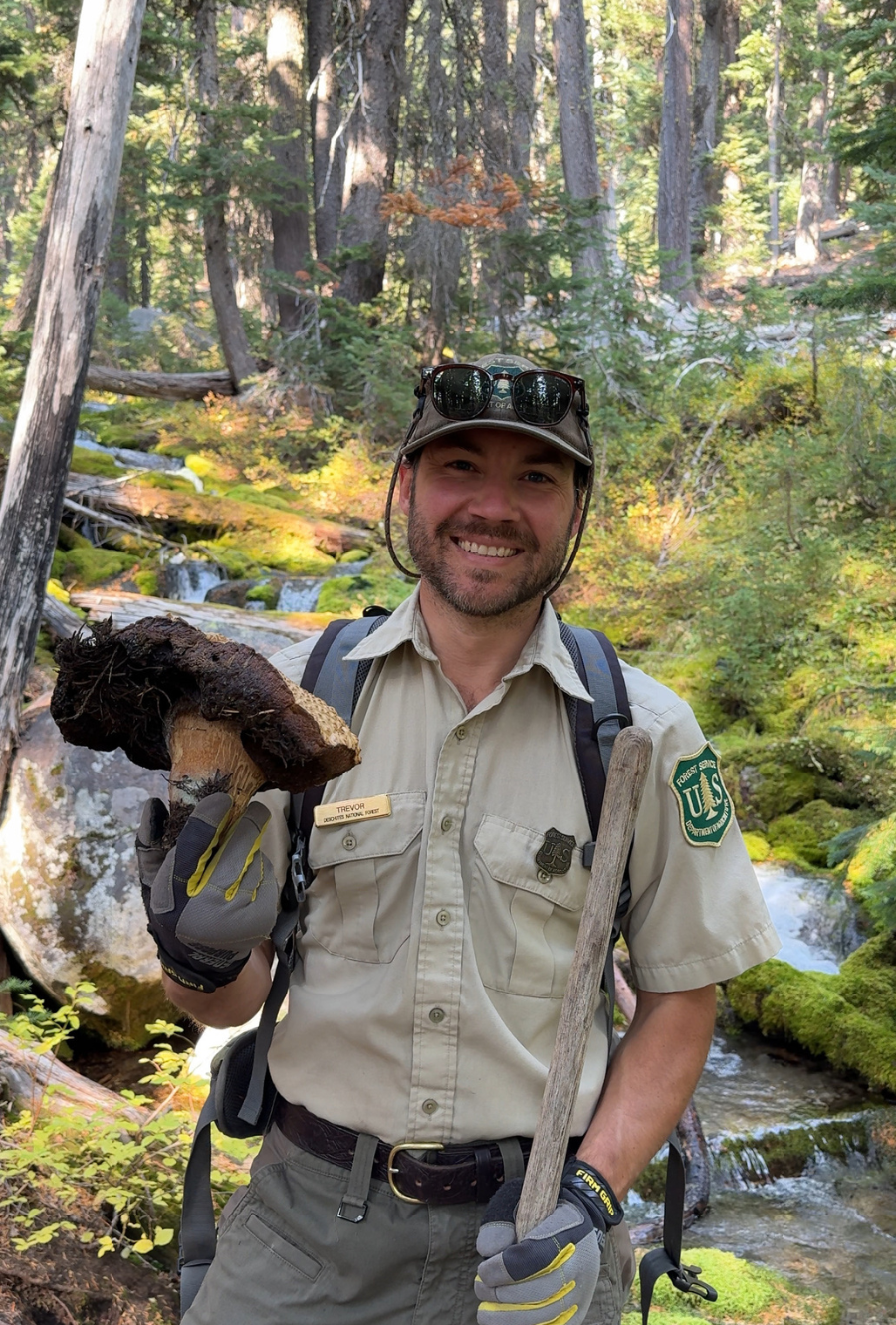
When reserving a permit, you will need to provide the following information: alternate permit holder (not required if not applicable), entry trailhead, and group size (maximum of 12) [1]. For overnight permits, you’ll also need to provide the length of trip and number of stock (maximum of 12) [1]. The trip leader or alternate trip leader must carry the permit on the trip, and alternate trip leaders can only be added during checkout [14]. It’s recommended to identify alternative trailheads and entry dates in case the trip you’re hoping for is not available [1]. For overnight permits specifically, creating an account with Recreation.gov is necessary, while it’s optional but recommended for day use permits [1].
Permit Rules and Regulations
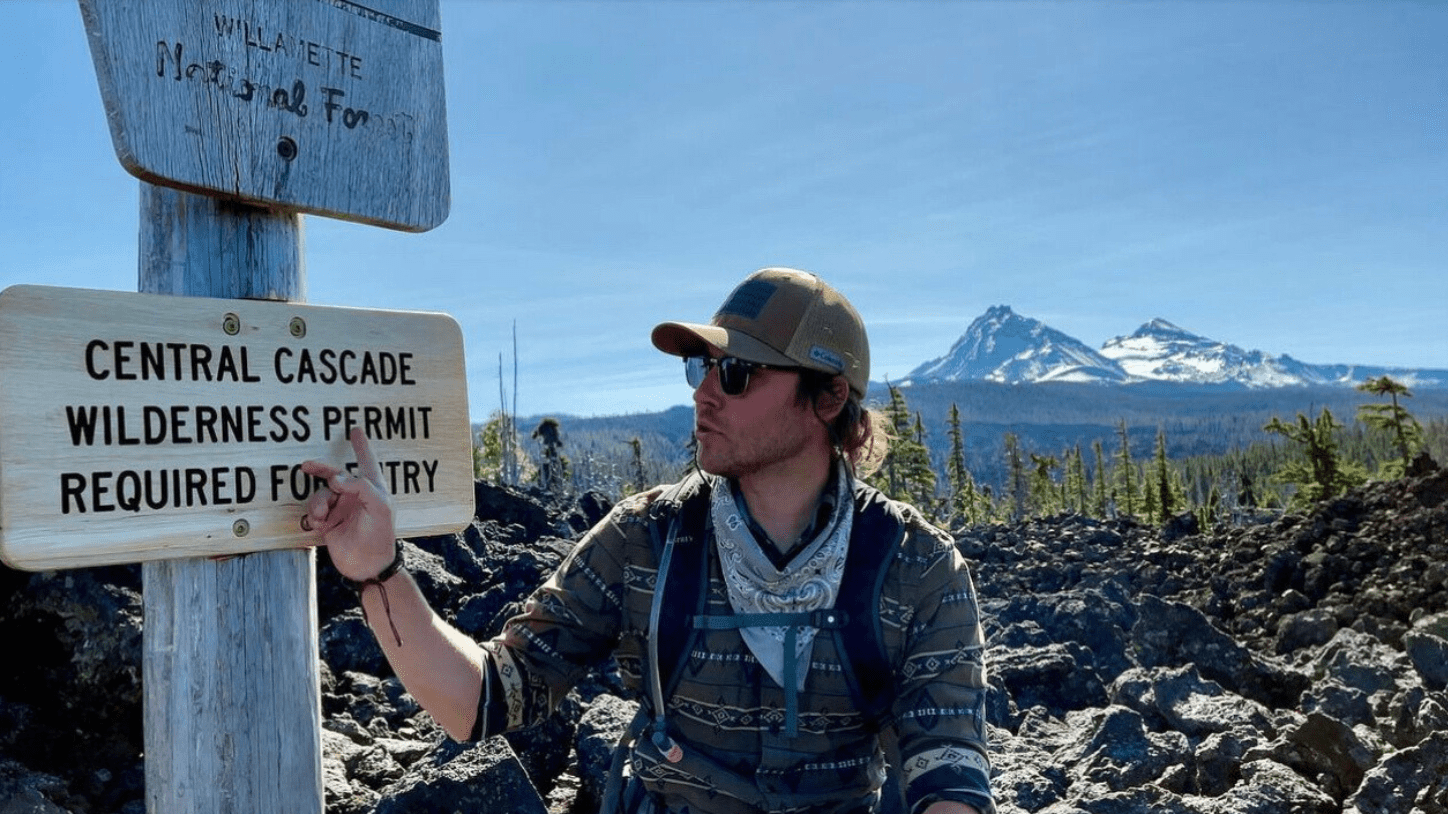
Central Cascades Wilderness Permit regulations include several important rules [1]. Permits are non-transferable [1]. Group leaders cannot be changed, and at least one group leader or alternate group leader must be with the group [1]. You must enter the permit area on the entry date and entry trailhead shown on your permit [1]. All group members are required to start on the same day and camp together [1]. The maximum length of overnight stay is 14 consecutive days [1]. You must carry your permit with you and present it upon request to any Forest Officer or other law enforcement officer throughout the duration of your trip [1]. You may not re-enter on a different date using the same permit [1]. Travel between Central Cascades Wilderness areas is only allowed at Pacific Crest Trail trailheads [1].
Additional Restrictions and Guidelines
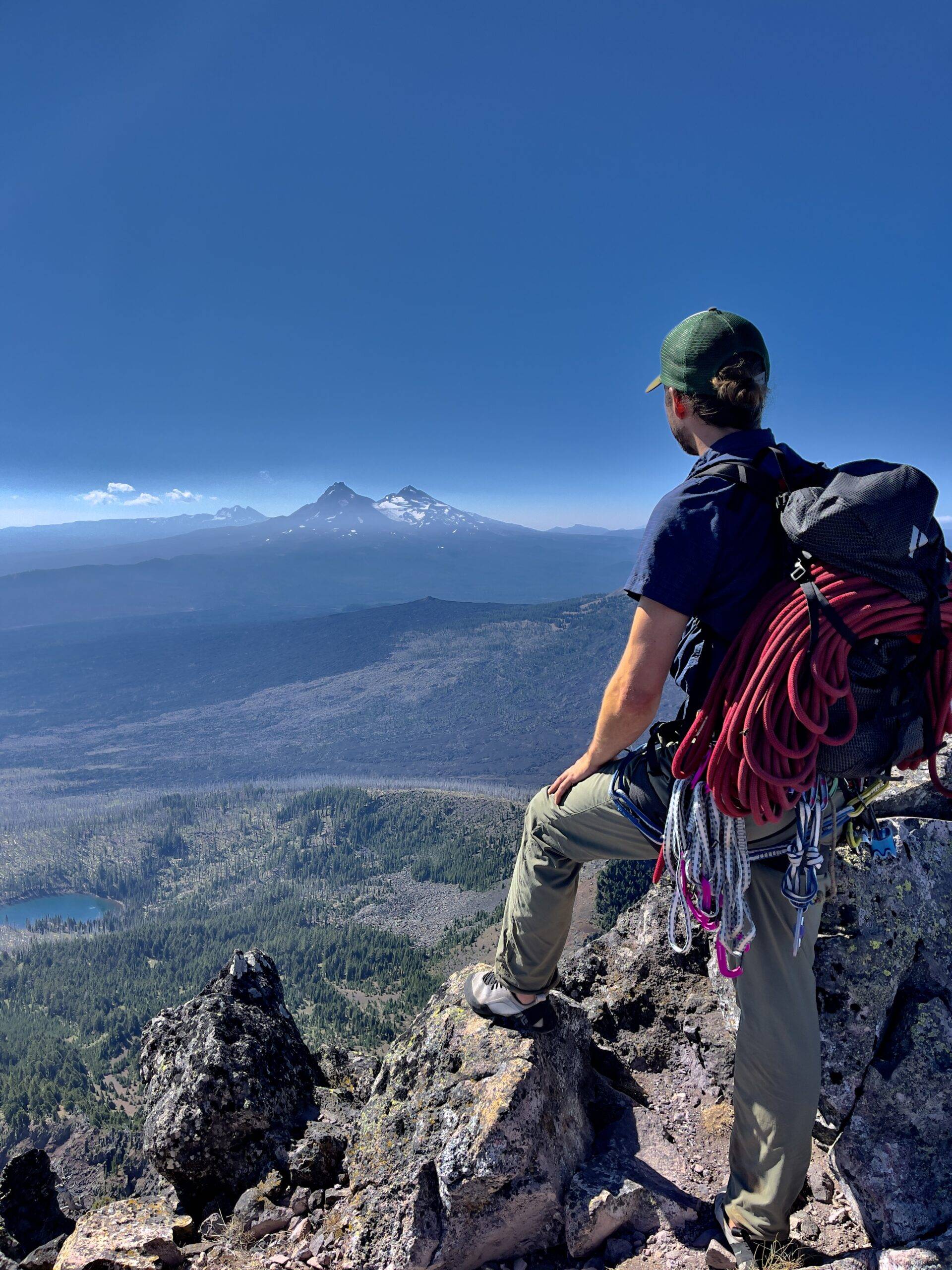
Campfires are not allowed above 5,700′ elevation and at additional lower elevation destinations [14]. Hikers and equestrians should obtain a detailed map of the area before planning a trip and inquire in advance about trail conditions, particularly early in the season [14]. Visitors must practice “Leave No Trace” skills, including properly disposing of human and pet waste and carrying out all trash [14]. Some trailheads may not be accessible to vehicles until mid/late-June, including trailheads accessed from McKenzie Highway (Oregon 242) and the Cascade Lakes Highway [14]. Broken Top and Crater Ditch trailheads may not be accessible by vehicle until late July/early August, as access depends on Forest Service Roads 4600-370/80, which require 4WD and high clearance [14]. It’s worth noting that a Northwest Forest Pass or daily recreation pass may still be required at trailheads where such fees apply, as the Central Cascades Wilderness permit doesn’t cover those parking fees [2].
Exceptions to Permit Requirements
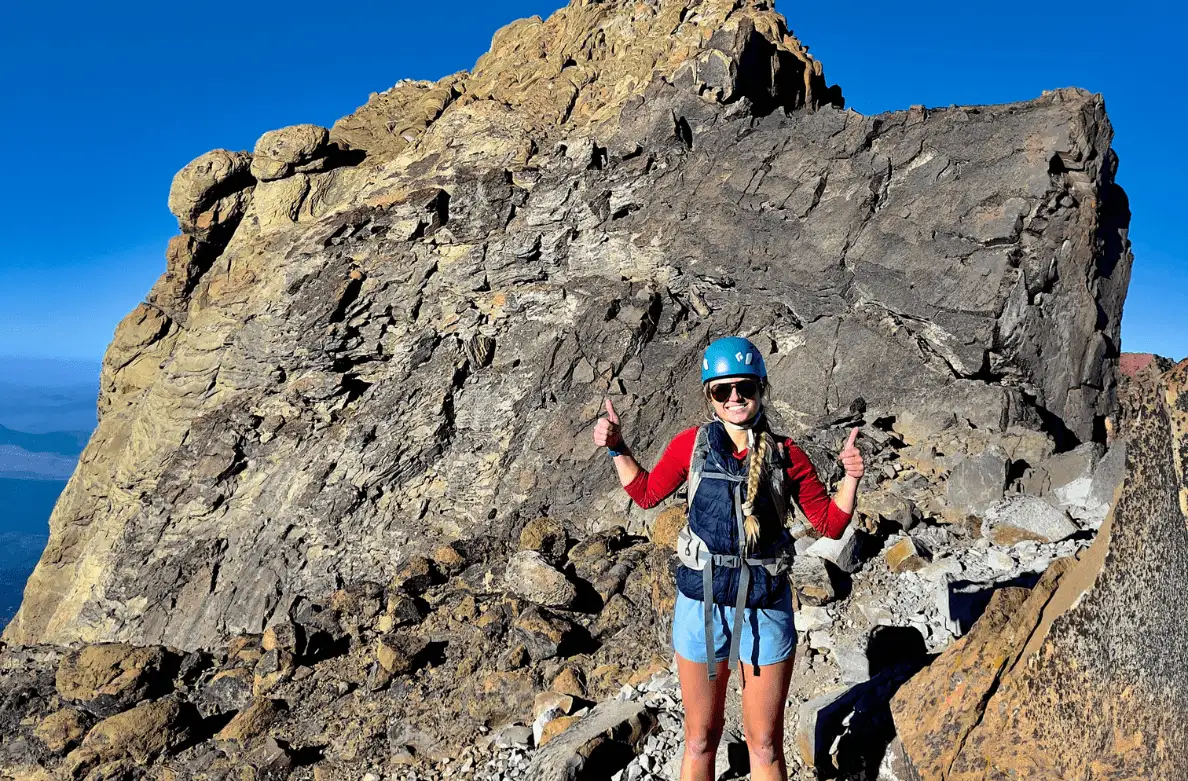
There are some exceptions to the Central Cascades Wilderness Permit requirement [1]. Pacific Crest Trail (PCT) Long Distance permit holders, issued by the Pacific Crest Trail Association for long-distance hikers and riders traveling more than 500 miles along the PCT, are exempt [1]. However, camping is restricted to the PCT Corridor and prohibited in certain high-use areas, with maps available online [1]. Hunters with mountain goat, elk, or deer hunting tags from ODFW can use their tags in lieu of Wilderness permits (overnight and/or day) during the hunting season established by ODFW [1]. Entry is allowed one day prior to the start of the hunting season and one day after [1]. Three additional support persons can accompany the licensed hunter, with a group size maximum of four per hunting tag [1]. Hunters must have their hunting implement with them, along with proof of their hunting tag, and the hunting tag is only valid in lieu of a CCWP permit within the hunting unit boundaries [1]. Volunteers working in coordination with the Forest Service are also exempt from permit requirements [1].
Cancellation Policy
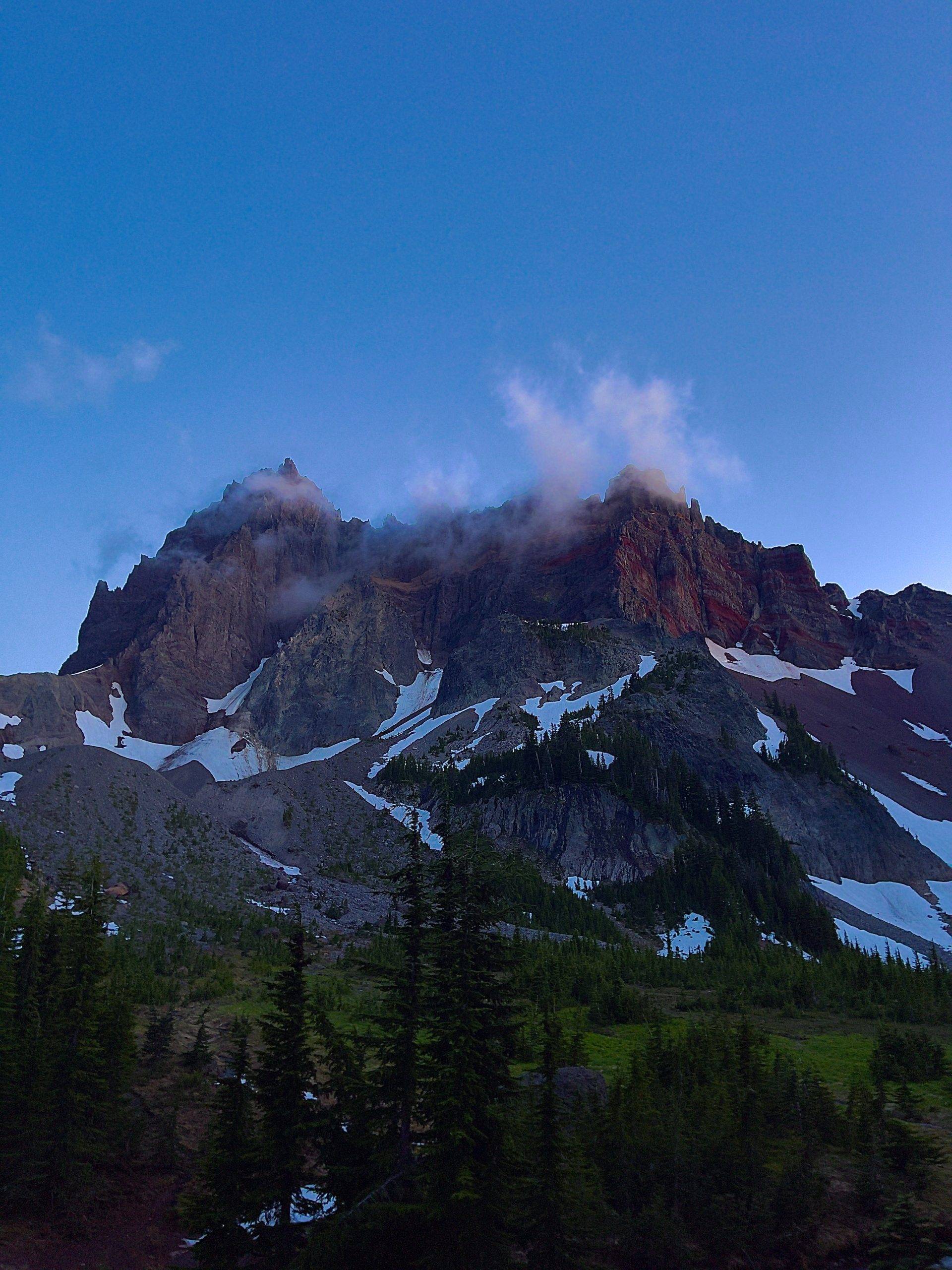
If you’re not able to use your permit, it’s highly encouraged to cancel your reservation online when you know you cannot go on a hike [2]. This frees up the reservation for another user [2]. However, processing fees are only refundable if the hiking area is closed by the Forest Service [2]. Cancellation helps ensure that limited permit spots don’t go unused and gives other hikers an opportunity to experience these beautiful wilderness areas [11]. The permit system is designed to balance access with protection of these fragile ecosystems, so responsible use of permits contributes to the system’s effectiveness [11].
Trip Planning Considerations
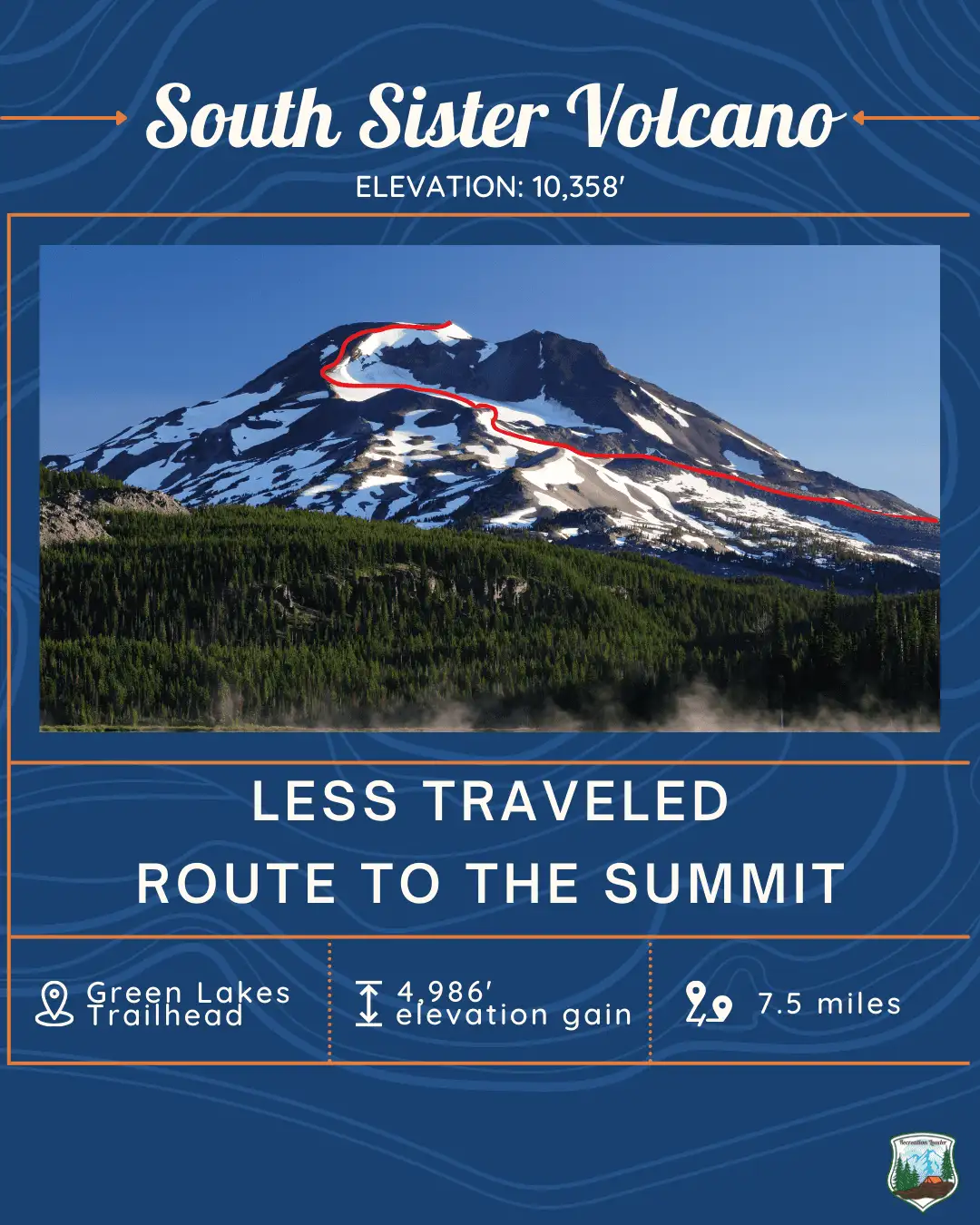
We recommend identifying alternative trailheads and entry dates in case the trip you’re hoping for is not available. Some roads and trailheads accessing Mt. Jefferson Wilderness are closed due to the Lionshead Fire, so it’s important to check current conditions before planning your trip [1]. Some trails often remain snow-covered into late June, which may affect accessibility [16]. For areas with no facilities, visitors must practice “Leave No Trace” skills, including properly disposing of human and pet waste and carrying out all trash [14]. Depending on the trailhead used for entry, facilities may include parking, bathrooms, picnic tables, stock hitching posts, and wilderness and interpretive information about the area [14]. It’s also worth noting that once a permit is in hand, the user must enter the wilderness area at the designated trailhead, but from that point, users may travel anywhere in the wilderness and exit at any trailhead [11]. There is no requirement to pre-select a campsite for overnight stays [11].
Why the Permit System Matters

The Central Cascades Wilderness Permit system was established after hiking trails in the Mount Jefferson, Mount Washington, and Three Sisters wilderness areas were bursting at the seams a decade ago, following a period when use grew dramatically [2]. More people in the region meant more day-trippers and hikers in the Cascades, leading to trail widening and increased trash in otherwise pristine areas [2]. The permit area requires additional protection to preserve the natural beauty and wilderness experience for you and future visitors and to better manage recreation-related impacts. Use limits, or quotas, are based on trailhead entry points. Current and future users will all benefit from use that is managed to preserve and protect wilderness character for the long term [11]. The permit system has also led to signs of wildlife returning to some areas, according to Jaimie Olle, a spokesperson for the Forest Service [11].
Contact Information for Assistance

If you have questions about the Central Cascade Wilderness Permit system, please contact a Willamette or Deschutes National Forest office [1]. You can also get assistance by calling the Recreation.gov call center at 1-877-444-6777 or TDD 877-833-6777 [1]. The Deschutes National Forest office is located at 63095 Deschutes Market Road, Bend, OR 97701 [14]. The Willamette National Forest office is at 3106 Pierce Parkway Suite D, Springfield, OR 97477 [14]. These offices can provide you with additional information about the permit system, trail conditions, and wilderness regulations.
Tips for Securing Your Permit

Set a reminder for the permit release dates, as popular trailheads fill up quickly [8]. Consider exploring lesser-known trailheads for a more tranquil experience [8]. Have backup plans in case your desired trailhead is full by looking into nearby options or adjusting your trip dates [8]. If you’re looking for a way to explore the Wilderness without dealing with permits, consider trails that don’t require one, as only 19 of the 79 trailheads in the Central Cascades Wilderness areas require a day-use permit [8]. Another option is to volunteer with organizations like Friends of the Central Cascades Wilderness (FCCW), which can grant you access to limited-access trails without going through Recreation.gov [8]. This volunteer pass may grant you and one guest access to all limited-access trails for both day-use and overnight trips during the following season [8].
Recent Updates and Changes to the Permit System
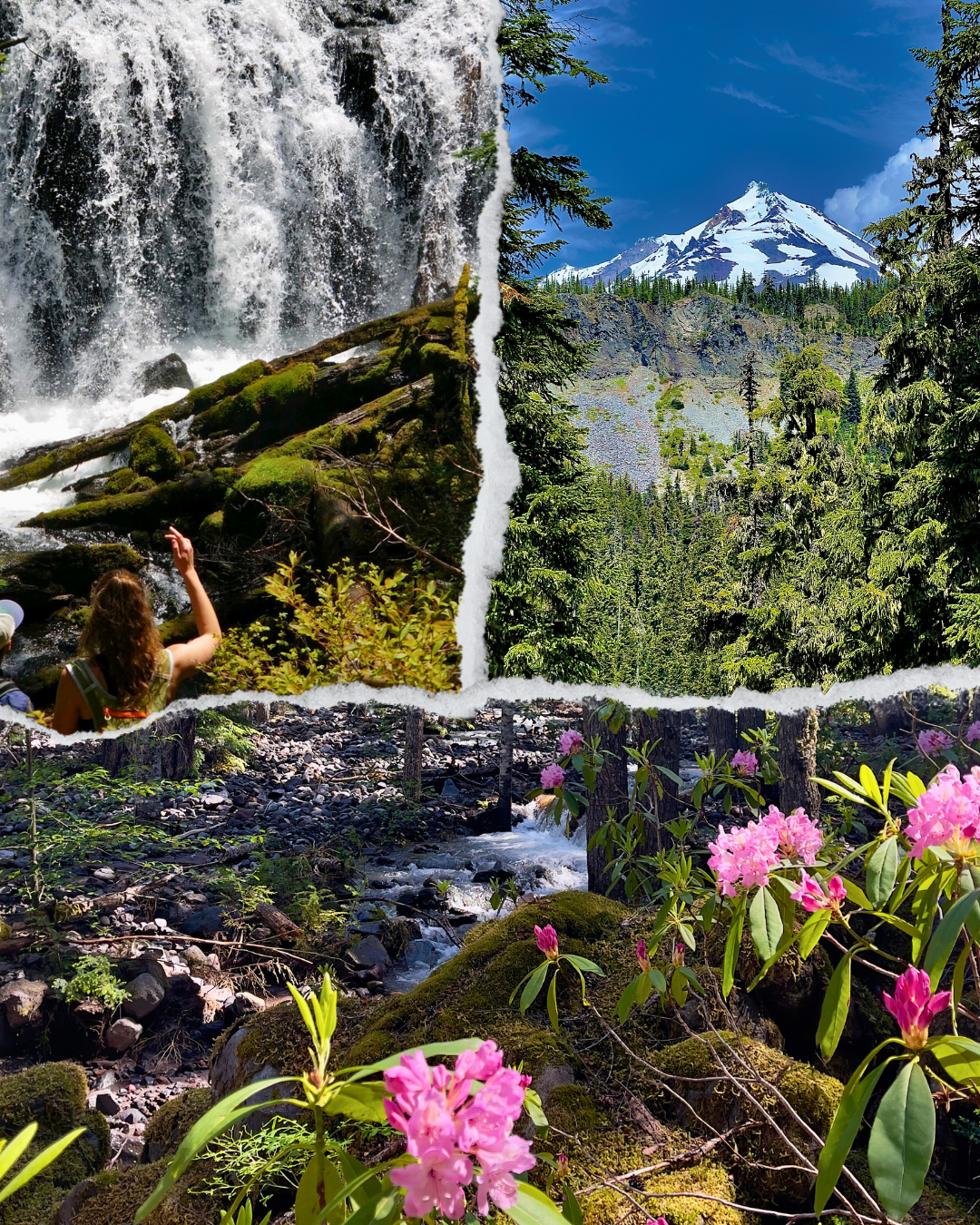
After its inaugural year, the permit system was overhauled in 2022 to address user concerns [11]. One modification was made to the quota for overnight permits, which is now based on the entry date [11]. Before the change, hikers had to block out consecutive days on the trail to use when they made their reservations, a process that the Forest Service said created confusion [11]. The 10- and two-day rolling windows for day-use permits were implemented to reduce the number of no-shows and increase the opportunity for people to get day-use permits [2]. These changes have helped make the system more user-friendly and efficient [11]. As the limited-entry permit system in the Central Oregon Cascades now enters its fourth year, many early system bugs have been ironed out, and hikers who have used the reservation website to book permits are familiar with the process [11].
Bibliography
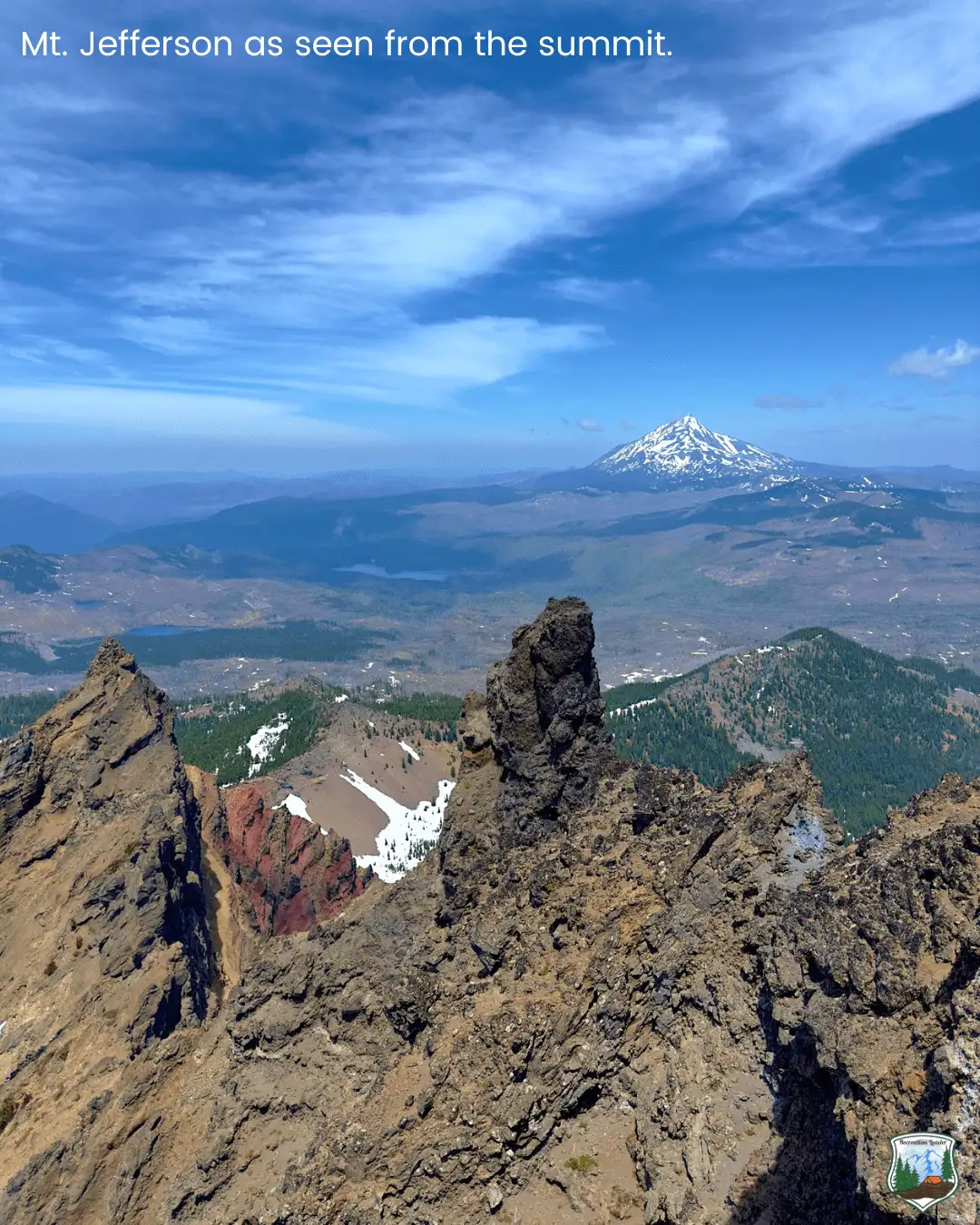
[1] Central Cascade Wilderness Permit – USDA Forest Service. 4 Mar. 2025.
[2] —. 4 Mar. 2025.
[3] Central Cascade Wilderness Permits Required as of June 15. 6 June 2023.
[4] Central Cascades Wilderness Overnight Permits … – Recreation.Gov. 19 Mar. 2020.
[5] Central Cascades Wilderness Permit – Day Use, Deschutes National …. 26 Mar. 2020.
[6] Central Cascades Wilderness Permit – USDA Forest Service. 1 Jan. 2025.
[7] Central Cascades Wilderness Permit System – Visit Central Oregon. 17 Jan. 2022.
[8] Central Cascades Wilderness Permit System Open for Reservations …. 26 Mar. 2025.
[9] Central Cascades Wilderness Permit System to Open For …. 26 Mar. 2025.
[10] Central Cascades Wilderness Permits – USDA Forest Service.
[11] Explainer: Central Cascade Wilderness Permits and How They Work. 27 Mar. 2024.
[12] —. 31 Mar. 2024.
[13] Explaining the Central Cascades Wilderness Permit Program. 17 Jan. 2022.
[14] [PDF] CENTRAL CASCADES WILDERNESS PERMIT SYSTEM …. 2 Mar. 2021.
[15] [PDF] Central Cascades Wilderness Permit System Frequently Asked ….
[16] Permit System Aims to Protect Wilderness Areas in the Central …. 8 June 2021.
[17] Recreation.Gov – Camping, Cabins, RVs, Permits, Passes & More. 18 Feb. 2025.
[18] The Ultimate Guide to Central Cascades Wilderness Permits. 20 Dec. 2024.
[19] Wilderness Permits in the Central Cascades – Visit Bend. 25 Mar. 2025

